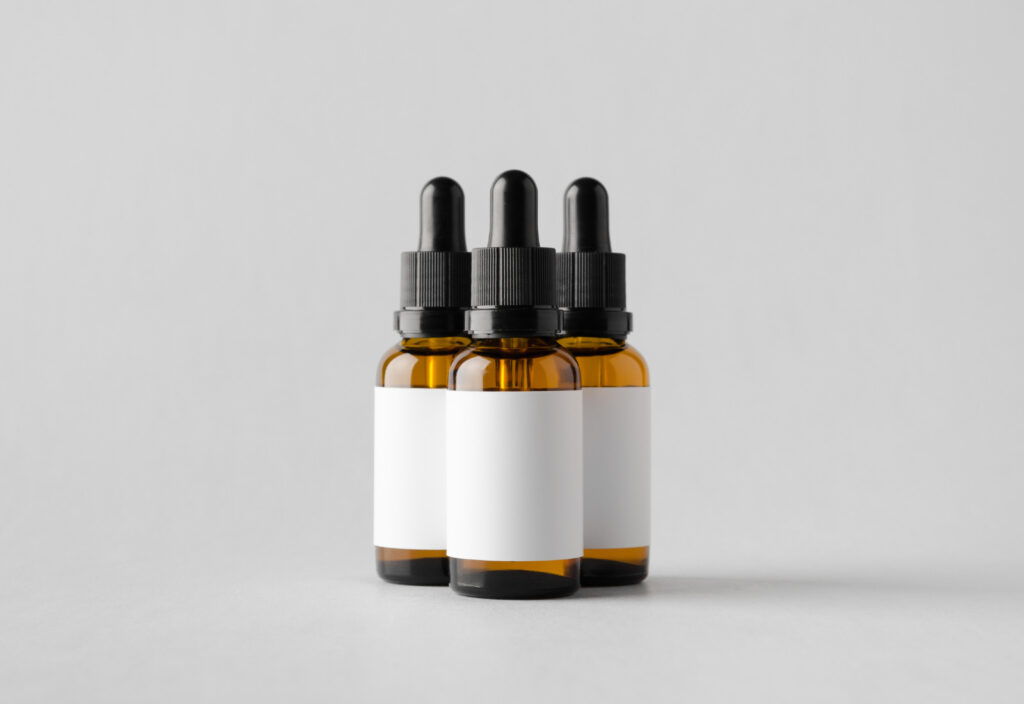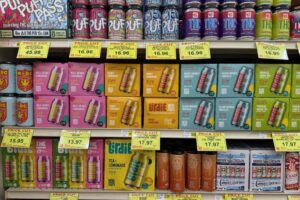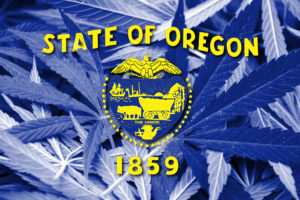Over the last five years, I’ve done countless compliance reviews for cannabis product and CBD product labels, packaging materials, and products themselves. In all cases – not most, all – cannabis product labels needed at least one change. Product type, shape, and ingredients often needed work. And even packaging material has had plenty of issues. Sometimes an entire label needed reworking or product needed redesigning for compliance. Today I want to talk about why cannabis product compliance review is so key.
Every state that regulates cannabis has complex cannabis product requirements. Generally, they fall into three categories – product regulations, packaging regulations, and label regulations. Product regulations generally contain ingredient restrictions, product type and shape restrictions, or THC/cannabinoid content maximums or restrictions. For example, California prohibits most dairy products but allows cannabis beef jerky, Alabama regulators believes gummies should only be peach flavored, Washington is cool with parallelogram shapes but apparently not nonagons, and a whole lot of states got pissed off that Mike Tyson made ear-shaped gummies. It can get pretty obscure.
Packaging regulations can also be pretty challenging. Let’s just look at California. The applicable regulations require cannabis products to have child resistant packaging (CRP), in some cases for the life of a product. What does it mean to be CRP? Well, that also depends on a few things. In some cases, you’d have to look to the federal Poison Prevention Act to determine whether a product was certified. Otherwise, you’re left with basically two choices listed out in the regulations. This can get pretty complicated, and the state has some guidance (here and here) on packaging compliance. But looking at the guidance may not be enough as it simply summarizes regulatory obligations, which could change.
By and large though, the most complex and annoying of the regulations tend to be cannabis product label regulations. Here again, I’ll also focus on just California. The main reason for this (besides living and working here) is that California has some of the most strict label regulations in the country if you consider Prop. 65, a topic we’ve covered extensively elsewhere. Like with packaging, California has guidance for manufactured and nonmanufactured products. And here too, review of the guidance may not be enough.
When I do a label review, I generally have a cannabis product label pulled up on one screen and the cannabis regulations and Prop. 65 regulations on the other. Going through the applicable regulations, I usually find a number of key things that are wrong with the labels. Some of the repeat offenders are:
- No or insufficient Prop. 65 warnings
- Weight in only metric or imperial (you need both!)
- Primary panel info on the informational panel
- Inadequate description of product
- No disclosure of manufacturer
- Improper cannabinoid content labeling
- The wrong governmental warning (California has one for manufactured products and another for nonmanufactured products, and they are different!
This is just a highlight of some of the key things I see wrong with labels on a frequent basis. There are certainly lots more I’ve seen over the years. The point here is that in every single case I can remember, I’ve seen at least one thing (and often a few) that need fixing. And in many cases, this was after a compliance team put the cannabis product label together.
While I’ve got you here, I should also address CBD product labels. CBD product label review is even more complicated than cannabis product label review. CBD products are often sold in e-commerce in multiple states without varying the label content. Because there’s no federal standard and the FDA basically says CBD products are illegal, this means that it is nearly impossible to comply with the laws in all 50 states. There are typically some key things to look for that extend to states that regulate CBD product labels the hardest (such as Utah or Indiana), and of course Prop. 65 will still apply in California. But for the most part things are all over the map in the patchwork of state regulations, making label review a mess.
Cannabis product and CBD product review – for product, packaging, and label compliance – is really necessary for businesses that want to avoid regulatory penalties or lawsuits by class action firms. It doesn’t need to be expensive or overly time consuming, and is something that qualified counsel can do in a reasonably short time frame and often for flat fees. But without it, cannabis and CBD companies really roll the dice on administrative penalties, which is never a good thing.
Need Help With California Cannabis Law?
























